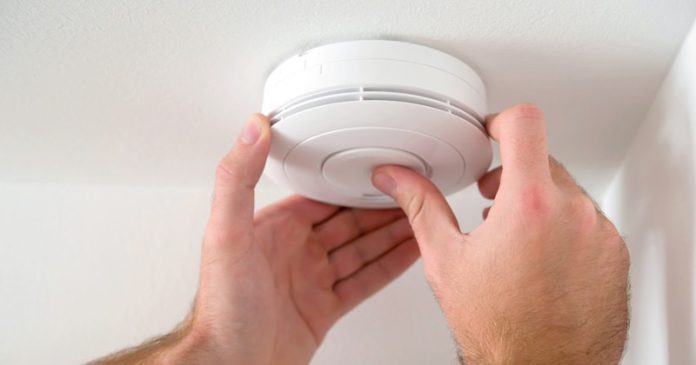So, what’s carbon monoxide (CO)? It’s an odorless, colorless, tasteless gas that can be fatal to humans. Since you can’t tell its presence, it’s able to poison you silently. That makes being exposed to the gas even more dangerous. Here’s where the carbon monoxide detector comes into play; it alerts you to a CO leak and, thus, escape from a potentially life-threatening event.
If you’re looking to buy a CO alarm, you may wonder: does a carbon monoxide detector go off continuously? That’s just one of the many questions that need answering before you make a purchase. Here are some of the others.
CO Injuries and Deaths
Before we dive into the things to learn about CO alarms and detectors, let’s go over some CO deaths and injuries statistics. According to the Consumer Products Safety Commission or CPSC, around 200 people die, and 5,000 are injured from CO poisoning annually. These horrific events tend to result from improper use of or malfunctioning equipment aggravated by building improvements, limiting fresh air flow into homes and other structures.
While routine inspection and maintenance of gas-burning equipment should reduce the risk of CO exposure, the threat of sudden failure that leads to a potentially life-threatening situation is always there.
CO in the Human Body
CO hinders the blood’s ability to transport oxygen throughout the body, preventing vital organs from getting the oxygen they need to function properly. When inhaled, CO combines with the blood’s oxygen-carrying hemoglobin to produce carboxyhemoglobin. This combination no longer allows oxygen to be carried to the body tissues. How fast carboxyhemoglobin builds impacts the concentration of gas in your system and the duration of exposure.
What makes CO exposure even more severe is carboxyhemoglobin’s long half-life. Half-life measures the length of time levels of a particular substance or compound in the blood drops. This is estimated to be five hours for carboxyhemoglobin. In other words, it would take about five hours from the time exposure is terminated before carboxyhemoglobin’s level in the blood drops to half.
Five Must-Knows About CO Alarms and Detectors
Before securing a CO alarm or detector for your home or business establishment, make sure to know the following things about it:
1. What It Does
These alarms detect CO and alert you early to its presence. In case there’s a leak, it’s crucial to remove yourself from the vicinity of the poison as soon as possible. Each second counts, and these detectors can provide the warning you and your loved ones need to flee to a safe location.
2. The Main Sources of Leaks
Any device that burns fuel can produce carbon monoxide. The drying machine, chimney, and furnace in your home are the likeliest sources of CO leaks. That means you must have them inspected and serviced routinely by professionals to prevent leaks that could result in CO poisoning.
3. Alarm Installation Areas
Ideally, every level of your home should have a CO alarm, so every one of your family members is alerted to a leakage. There should be detectors in each bedroom, the standard rooms, and outside each sleeping area for added safety while you and your loved ones are asleep.
4. Location in the Bedroom
These alarms and detectors can be placed anywhere in your room. Contrary to the misconception that CO is heavier than air suggests, placing these alarms high on the walls or on the ceilings is just as effective as placing them close to the floor.
5. What a Beeping Alarm Means
CO alarms and detectors have different beep patterns that tell you whether there is an emergency or if the device or some part of it needs to be replaced. Knowing the difference between these patterns is vital. The manual should hold the answers for you, but this is what usually applies in general:
- Four beeps followed by a pause: CO is present in the air, and you should remove yourself from the vicinity right away.
- One beep per minute: your detector’s battery needs to be replaced.
- Five beeps per minute: your alarm needs to be retired and replaced with a new one.
Test Your CO Alarms and Detectors
Make sure to test your alarms from time to time to see if they are working okay. You can do so by pressing and holding the alarm’s test button. The detector should give off four beeps, pause, and deliver another four beeps for five to six seconds. Of course, this does not apply to all models, and you may need to refer to the manual for yours. Alarms that do not test properly may need a battery replacement or cleaning. Once you do that and the device still does not test properly, a replacement should be in order. There is never any room for error where CO protection is concerned.















